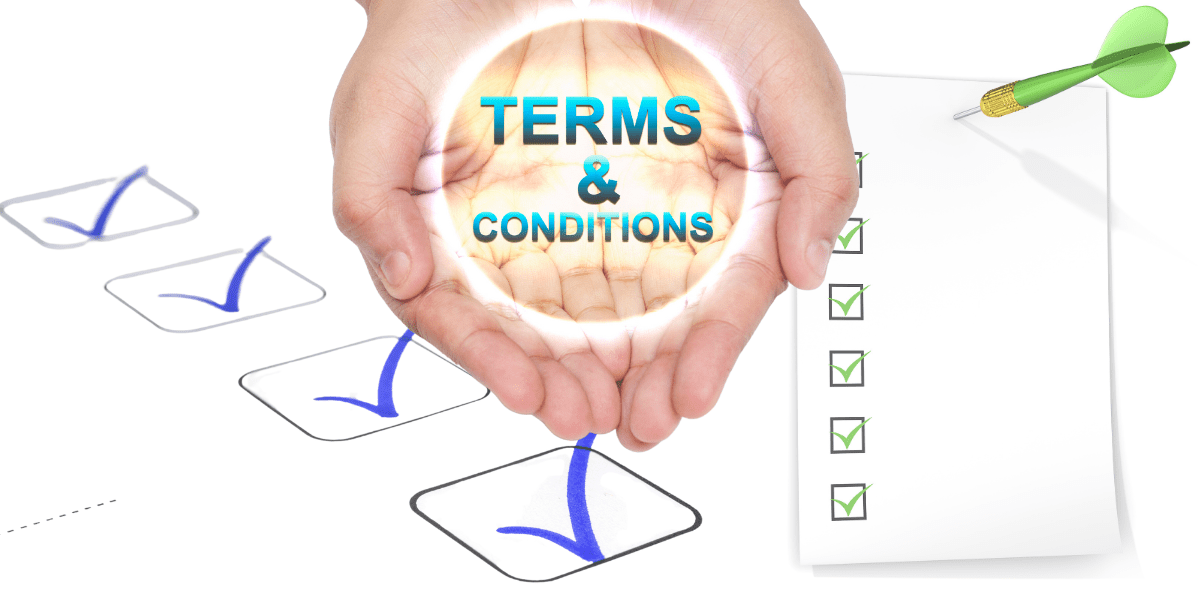A Service Level Agreement (SLA) is a contract between a service provider and a customer that specifies the services that the provider will deliver, the standards that the provider will meet, and the penalties that the provider will face if they fail to meet those standards. SLAs are commonly used in the context of IT services and support, where they can help to ensure that the customer receives the level of service that they expect and that the provider is held accountable for their performance.
Types of Service Level Agreement
- Service-based SLA: This type of agreement focuses on specific services provided by the service provider and outlines the expectations for performance and availability of those services.
- Customer-based SLA: This type of agreement is customized for a specific customer and outlines the expectations and responsibilities for both the customer and the service provider.
- Product-based SLA: This type of agreement focuses on the performance and availability of a specific product, rather than a service or a customer.
- Multi-level SLA: This type of agreement outlines the expectations and responsibilities for multiple parties involved in the service, including the customer, the service provider, and any subcontractors or third-party vendors.
- Hybrid SLA: This type of agreement combines elements of multiple SLA types, such as a service-based SLA with a customer-based SLA, to meet the specific needs of the situation.

Importance of Service Level Agreement
Having a well-defined SLA is crucial for maintaining a positive and productive business relationship, as it helps to establish trust and accountability between the parties. It also helps to manage customer expectations and avoid misunderstandings, as the terms and conditions of the agreement are clearly laid out.
Furthermore, an SLA can help to improve the overall quality of service provided by the service provider, as it provides a clear set of performance metrics and benchmarks that must be met in order to fulfill the agreement. This can help to ensure that the customer receives the level of service they expect and deserve, and can help to prevent any issues or disputes that may arise due to a lack of communication or understanding.
Overall, an SLA is an essential component of any business relationship, as it helps to establish clear expectations and responsibilities, and ensures that both parties are held accountable for their performance. It is a crucial tool for building trust and maintaining a positive and productive business relationship.

Components of Service Level Agreement
- The scope and nature of the services being provided
- The agreed-upon performance standards for those services
- The acceptable response times and resolution times for any issues or problems
- The availability and uptime expectations for the services
- The penalties or remedies if the service provider fails to meet the agreed-upon standards
- The communication and escalation procedures for addressing any issues or problems
- The responsibilities and obligations of both the service provider and the customer
- The term of the agreement and the renewal or termination procedures.
- The security and privacy measures in place to protect the customer’s data.
- The terms of service, including any fees and billing policies.

Pros and Cons of Service Level Agreement
Pros:
- Clearly defines the services and expectations for both the service provider and the customer.
- Establishes measurable performance standards for the service provider to meet.
- Ensures that the customer receives the promised level of service and can hold the service provider accountable for any failures.
- Can help to prevent misunderstandings and disputes between the service provider and the customer.
- Can provide a basis for service level improvements and continuous service optimization.
Cons:
- Can be time-consuming and complex to develop and negotiate.
- Can be difficult to enforce if the service provider fails to meet the agreed upon standards.
- Can create unrealistic expectations and pressure on the service provider to meet unreasonable targets.
- Can be inflexible and may not account for changing circumstances or requirements.
- Can create conflicts or disputes if the customer’s needs or expectations change over time.

Service Level Agreement Example – IT Support
- provide support services to clients during regular business hours, Monday to Friday, 9:00am to 5:00pm.
- respond to support requests within 4 hours of receiving the request.
- provide support for hardware, software, and network issues.
- provide assistance with troubleshooting and problem-solving for IT-related issues.
- work closely with clients to ensure that their IT needs are met in a timely and effective manner.
- provide regular updates to clients on the status of their support request and any actions taken to resolve the issue.
- maintain a high level of professionalism and customer service at all times.
- provide training and support for new and existing IT systems as needed.
- provide emergency support outside of regular business hours on an as-needed basis.
- client information confidential and secure at all times.
- submit IT Security reporting when there is a security breach or compromise.

Service Level Agreement Metrics
- Response time: This measures the time it takes for the service provider to respond to a customer request or issue.
- Resolution time: This measures the time it takes for the service provider to resolve a customer request or issue.
- Availability: This measures the percentage of time that the service is available and functioning correctly.
- Uptime: This measures the amount of time that the service is available and functioning correctly.
- Service reliability: This measures the ability of the service to perform consistently and without interruption.
- Customer satisfaction: This measures the level of satisfaction that customers have with the service.
- Performance metrics: This measures the performance of the service, such as the speed and efficiency of processing requests.
- Incident management: This measures the effectiveness of the service provider’s ability to handle and resolve service issues.
- Security: This measures the level of security provided by the service provider to protect customer data and information.
- Compliance: This measures the service provider’s compliance with industry standards and regulations.


